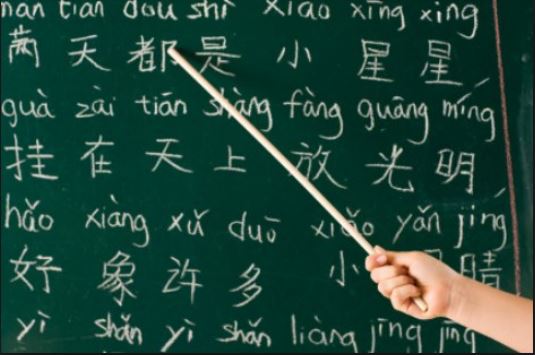
Un estudio descriptivo de los estándares educativos chinos en matemáticas en los primeros tres años de escolaridad
Resumen
Se realiza un estudio descriptivo de los estándares mínimos de China en la asignatura de Matemáticas para los primeros tres años de escolaridad de educación básica primaria teniendo en cuenta su estructura metodológica, su organización y su fundamentación.
Palabras clave
Referencias
Askey, R. (1999). Knowing and teaching elementary athematics. American Federation of Teachers.
Banco Mundial (2009). La calidad de la Educación en Colombia: Un análisis y algunas opciones para un programa de política.
Lindahl, M., & Krueger, A. B. (2001). Education for Growth: Why and for Whom?. Journal of Economic Literature, 39(4), 1101-1136.
Kwong, J. (2004). Women’s education in China’s new socialist market economy en Ka-Ho, M (ed), Centralization and decentralization. Educational Reforms and Changing Governance in Chinese Societies. Comparative Education Research Centre, The University of Hong Kong, Kluwer Academic Publishers.
Lianghuo, F., Ngai-Ying, W., Jinfa, C. y Shiqi, L. (2004). How Chinese Learn Mathematics. World Scientific.
Ma, L (2010). Knowing and teaching elementary Mathematics. Routledge.
Ministerio de Educación Nacional (1998). Serie Lineamientos Curriculares - Matemáticas. República de Colombia.
Ministerio de Educación Nacional (2003). Estándares básicos de Matemáticas y Lenguaje. Educación Básica y Media. República de Colombia.
Ministry of Education of People’s Republic of China (2004). Mathematics Curriculum Standards. Traducción de Kwok-cheung Cheung, Macau University y Shangzhi Wang, Capital Normal University. China.
Moy, R. & Peverly, S. T. (2005). Perceptions of mathematics curricula and teaching in China. Psychology in the Schools, 42: 251–258.
Ngok, K. & Chan, D. (2004). Towards centralization and decentralization in educational development in China: The case of Shanghai. En M. Ka-Ho (ed), Centralization and decentralization. Educational Reforms and Changing Governance in Chinese Societies (p. 82). Hong Kong: Comparative Education Research Centre, The University of Hong Kong, Kluwer Academic Publishers.
Sianesi, B. & Van Reenen, J. (2003). The Returns to Education: Macroeconomics. Journal of Economic Surveys, Vol. 17, No.2, pp. 157-200.
Temple, J. (2001). Growth Effects of Education and Social Capital in the OECD Countries. OECD Economic Studies No. 33, pp. 57-101.
Zhou, N. & Zhu, M. (2007). Educational reform and curriculum change in China: A comparative case study. International Bureau of Education.
Zhonghong, J., & Eggleton, P. (1995). A brief comparison of the U.S. and Chinese middle school mathematics programs. School Science and Mathematics, 95, pp. 187-94.
Enlaces refback
- No hay ningún enlace refback.





